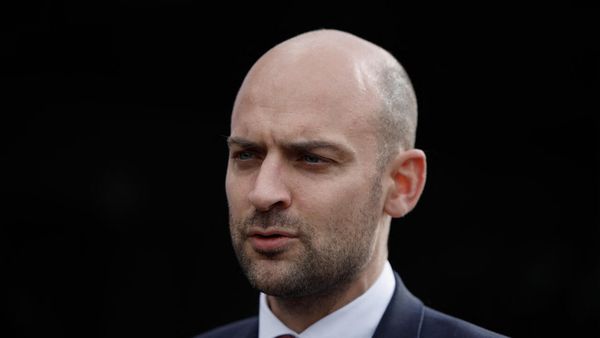
The ongoing glut of negative economic and environmental headlines is hiding real reasons for optimism, at least on the energy transition front. The next few years are vital for keeping global warming at a manageable level. Happily, across industries and geographies, we expect the next few years will feature major progress in transitioning to renewable energy.
First and perhaps most importantly, the Inflation Reduction Act is already a transformational piece of climate legislation. Most major international renewable energy companies are now exploring opportunities within the U.S. thanks to the favorable environment created by the legislation. At an international level, the IRA has set off a race between countries to incentivize green investment.
The private sector is quickly becoming a major player in the fight against climate change. Nearly all major corporations have made commitments to reduce emissions and have started to make progress on reducing at least their own (Scope 1 and 2) emissions. The next step is Scope 3 emissions–those driven by factors not directly within a corporation’s control.
Another sign of increasing corporate interest is the growing use of power purchase agreements (PPAs). Corporations are increasingly seeking access to reliable renewable energy, a need that drove a 34% year-over-year price increase for PPAs between Q3 2021 and Q3 2022. ReNew has witnessed this surge first-hand: In the past year, we signed PPAs with Amazon, Microsoft, and several other large companies.
Even fossil fuel companies are looking to get in on renewables. While the past year saw a jump in demand for fossil fuel energy (and a threefold jump in company revenues), investors are pushing oil and gas players to diversify into renewables. There is a deep understanding that the short-term positives of dirty energy won’t change the long-term outlook for the sector. The answer? More investment in renewables.
Green hydrogen and green ammonia are gaining momentum faster than anyone thought. Energy suppliers, investors, traders, industrial energy consumers, manufacturers, and logistics providers are all scouting for opportunities in the green hydrogen value chain. Last year, the biggest perceived challenge was finding off-takers due to a lack of competitiveness with grey hydrogen. It’s no longer the case. The green hydrogen train has left the station.
Similarly, we’re starting to see new technology with the potential to revolutionize energy supply chains and the efficacy of renewable sources. Quantum computing, artificial intelligence, and emerging advances in fusion all point to a future where round-the-clock clean energy is possible at scale. Much of this technology is still five to 10 years away, but the future is becoming clearer. It’s clean energy.
That said, challenges remain. To succeed, global leaders will need to address the remaining uncertainty around clean energy investment. Corporations around the world are itching to go all in on renewables– concerns over protectionism and trade disputes are still holding back investment. Most countries in North America, Europe, and Asia are exploring ways to keep green energy production local. This would be a mistake. Instead, we need a global approach to the global problem of climate change.
We shouldn’t let geopolitics delay innovation. Global disputes and sanctions threaten to delay the development and adoption of world-changing technology. Leaders must understand that addressing our global climate crisis should be the top priority.
We must also reduce investment in “anti-climate” finance. While oil and gas companies are moving into renewables, a large percentage of their investments, as well as the investments of major asset owners, remain in dirty energy or related sectors. In the next few years, the world will need to shift these funds from dirty sectors to clean ones.
There are reasons for hope. The hole in the ozone layer is receding, according to a report published by a UN panel of experts. While it’s taken a backseat to climate change in recent decades, the hole in the ozone layer was the first truly global atmosphere-related problem. This early success shows that when humanity commits to addressing a problem together, problems can be solved.
Let’s make 2023 a year remembered in history for climate action, not just pledges.
Sumant Sinha is the founder, chairman, and CEO of ReNew Power.
The opinions expressed in Fortune.com commentary pieces are solely the views of their authors and do not necessarily reflect the opinions and beliefs of Fortune.
More must-read commentary published by Fortune:
- A soft landing is playing out—but optimism needs to be for the right reasons
- Overconfident tech CEOs have overpaid for ‘box tickers’ and ‘taskmasters.’ Here’s why the real ‘creators’ will survive the mass layoffs
- The U.S. has thwarted Putin’s energy blackmail. Europe says ‘Tanks a lot!’
- I am a DoorDash driver who’s been elected to the Colorado State House. Food delivery companies are gamifying your tips and making it harder for drivers to earn a living wage. Here’s what you can do about it







